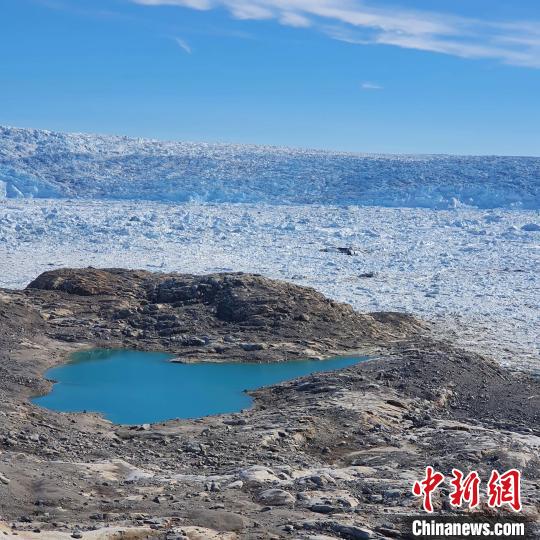Beijing, November 18 Springer Nature’s international academic journal “Nature-Communication” recently published a paper on climate change research, saying that from 1880 to 2012, Greenland’s largest 3 The contribution of this glacier to sea level rise is about 8.1 mm. The study shows that under the current worst scenario of global temperature rise at the end of this century, the amount of ice lost by these glaciers may be greater than previously expected.
The paper stated that the Jakobshavn Glacier, Konkluzwage Glacier and Helheim Glacier in Greenland contain enough ice to raise sea level by about 1.3 meters. Past studies have estimated the amount of ice lost by these glaciers since the 1970s, but the changes that occurred throughout the 19th and 20th centuries are not clear.
The author of the paper, Shfaqat Abbas Khan, Technical University of Denmark, and colleagues used historical pictures to calculate the amount of ice lost by these glaciers from 1880 to 2012. It is estimated that the Jakob Port Glacier lost a total of about 1,518 billion tons during this period, compared to 1900 Between 2012, Konkruzwag Glacier and Helheim Glacier had lost 1,381 billion tons and 31 billion tons, respectively. They calculated that this is equivalent to an 8.1 millimeter rise in sea level.
In the current worst scenario of global temperature rise at the end of this century, the author’s research model shows that the ice loss of these three glaciers in Greenland can increase sea level by 9.1–14.9 mm by 2100.
However, in view of the worst scenario of global temperature rise at the end of this century, global temperature is expected to rise by an additional 3.7 degrees Celsius by 2100-about 4 times the increase since 1880. The author of the paper believes that the ice loss of these three glaciers The amount may exceed current estimates for this scenario.



